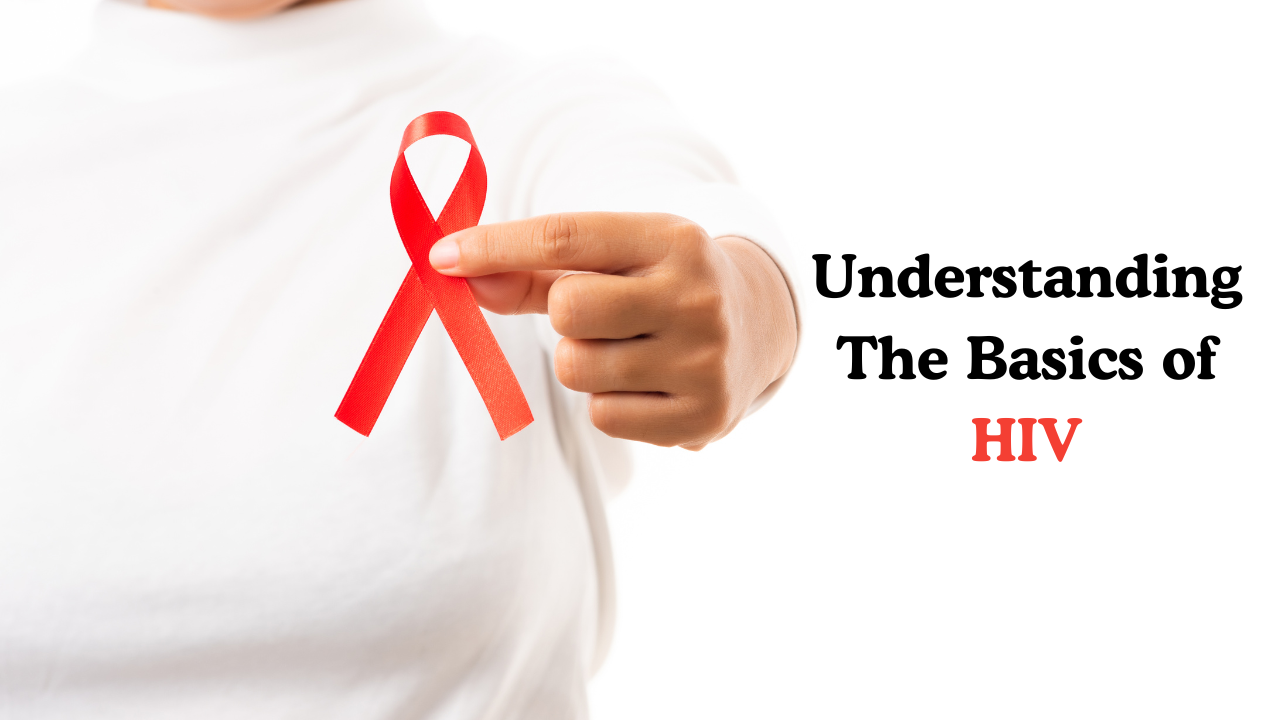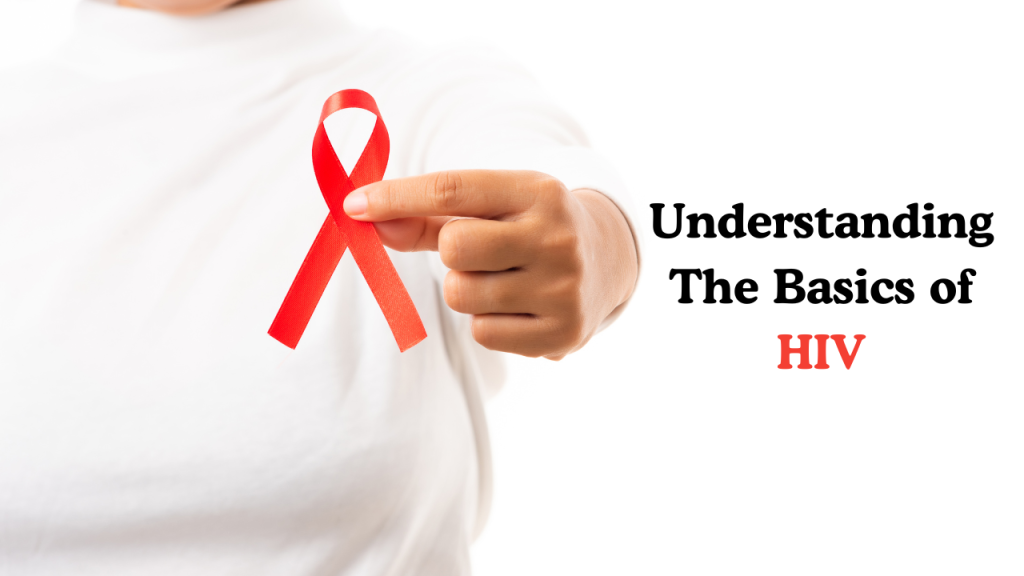
Human Immunodeficiency Virus (HIV) is a virus that attacks the immune system, specifically targeting CD4 cells (also called T cells), which are a type of white blood cell crucial for fighting infections. Over time, if left untreated, HIV can weaken the immune system to the point where the body has trouble defending itself against opportunistic infections and certain cancers.
Here are the basics of HIV:
1. Transmission of HIV:
Sexual Contact: HIV is most commonly transmitted through unprotected sex with someone who has the virus, especially vaginal and anal intercourse.
Blood-to-Blood Contact: Sharing needles, syringes, or other drug-injection equipment.
Mother-to-Child Transmission: A mother with HIV can pass the virus to her baby during pregnancy, childbirth, or breastfeeding.
Blood Transfusions: In rare cases, people can get HIV from receiving infected blood or blood products, though this is very rare in countries with modern blood screening.
Other Methods: HIV can also be spread through contaminated medical instruments or organ transplants, though this is rare.
2. Stages of HIV Infection:
Acute HIV Infection: Occurs 2-4 weeks after exposure, and flu-like symptoms (fever, sore throat, rash) may appear. At this stage, the virus multiplies rapidly.
Clinical Latency (Chronic HIV): The virus is still active but reproduces at lower levels. A person may not experience symptoms but can still transmit the virus. This phase can last for several years, even decades, with treatment.
AIDS (Acquired Immunodeficiency Syndrome): This is the final stage of HIV infection, where the immune system is severely damaged, and the body becomes susceptible to life-threatening infections and certain cancers. Without treatment, the progression to AIDS can take about 10 years or longer.
3. Symptoms of HIV:
- Early symptoms are often similar to flu (fever, swollen lymph nodes, rash).
- As the infection progresses, symptoms can include weight loss, night sweats, persistent fever, fatigue, and opportunistic infections like pneumonia or tuberculosis.
4. Diagnosis of HIV:
- HIV Testing: Blood or saliva tests can detect HIV antibodies or antigens.
- CD4 Count: Tracks the health of the immune system by measuring the number of CD4 cells.
5. Treatment of HIV:
- Antiretroviral Therapy (ART): ART involves a combination of HIV medicines that help lower the viral load in the body. It doesn’t cure HIV but can keep the virus under control, prevent progression to AIDS, and reduce the risk of transmission.
- People with HIV who take ART regularly can live long, healthy lives.
6. Prevention of HIV:
- Safe Sex Practices: Using condoms and ensuring regular testing for sexually transmitted infections.
- Pre-Exposure Prophylaxis (PrEP): A medication taken by HIV-negative individuals at high risk of infection to prevent HIV.
- Post-Exposure Prophylaxis (PEP): A short course of antiretroviral drugs taken soon after potential exposure to HIV to prevent infection.
- Harm Reduction: Avoiding needle sharing and ensuring the use of clean syringes for drug use.
7. Living with HIV:
- With ART, people with HIV can lead long, healthy lives. Treatment also reduces the risk of transmitting the virus to sexual partners (Undetectable = Untransmittable or U=U).
HIV is a manageable condition with proper treatment, but without care, it can progress to AIDS, which is life-threatening. Understanding how it spreads, how it can be treated, and how to prevent it are key aspects of controlling the virus and protecting public health.
![]()


